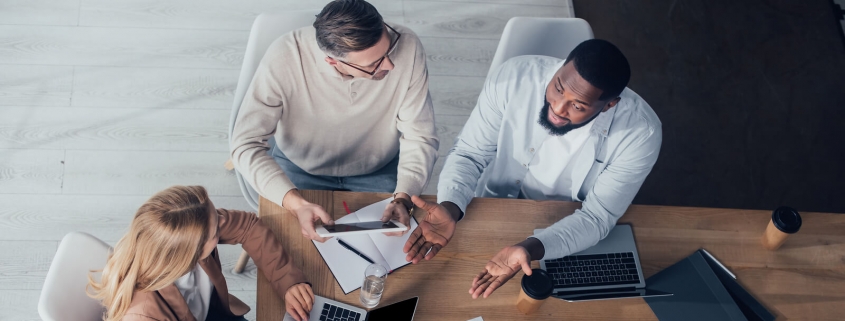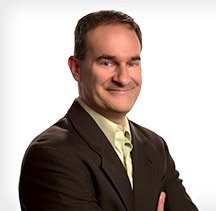In my roughly 15 years in the tech PR/marketing world, while there are new channels to build awareness, event PR hasn’t changed a whole lot in terms of its purpose. After the dotcom bust about 12 years ago, there were dire proclamations in the U.S. about the demise of the tradeshow based on cost factors. Companies didn’t need to pay travel expenses, booth costs etc. when they could get the same benefits from what was dubbed as “virtual events.” While some of these virtual events are still in existence, many of the big tech tradeshows are booming and more are popping up given the money that is flowing into tech from VCs. Some of the top shows that our clients go to include RSA Conference, Gartner ITxpo, Dreamforce, HIMSS, Interop, O’Reilly Strata, FOSE and Structure.
Back to my opening point on “what is old is new again,” while the virtual conference was a good idea and it succeeds in some places, it doesn’t replace the personal interaction that takes place at these physical events. From the influencers (media, analysts, bloggers) I speak with at the RSA Conference, nearly all of them say that while the show content is OK, their favorite part is building new sources and solidifying their standing with existing sources. They say they get great fodder from the sessions with the top thought leaders, which provide a foundation for their future coverage.
Preparation for a tradeshow if of course critical and many of our clients, on the marketing side, will work six months out. In terms of PR, we will usually work three months out for a big show – and we will work to support what the client is doing from a marketing perspective. We’ll build a structured plan with key objectives, strategy, key themes, tactics and timeline. Our strategy at events differs based on the client of course but it usually boils down into these key areas.
Show News – We usually recommend that if a client is saving a piece of news to announce at the show, don’t do it at the show. Unless this is a very large client that is one of the top 10 largest vendors attending the show. We will recommend announcing it a week ahead of time (along with a press roadshow and/or pre-briefings) so we can get into the “show preview” news sections of our trade publications. This can be a tough area to set expectations since oftentimes the Client, no matter how big, has been told by an executive or BOD member to “dominate” the show and they see show news as a conduit to that.
Relationship Building – We encourage our clients to primarily use the show to build influencer relationships. Whether it’s meetings at the booth, over lunch/coffee or at the evening receptions, we’ll set up brief discussions to either build or solidify relationships. We also caution clients that they shouldn’t view these interactions as full briefings – just a “tease” so to speak to get the influencer wanting more. Shows can be loud, busy, distracting for influencers and to expect them to take a full briefing and retain the information isn’t feasible usually. Additionally, we will usually work with the client to pick a key theme that is hot in the press (or will be in the future) and build an influencer “gathering” around this. This will usually involve getting a customer, analyst and/or another industry influencer together. The output could be a dinner with 2-3 press or a panel/lunch session outside of the show. We recently did this successfully with our AccessData client at RSA and secured about 12 influencer attendees and strong coverage.
Leverage Show for Other Marketing Areas – Whether it’s recording customer/partner/executive interviews via video that can be used for your site/blog, executing on a social media campaign around the show engaging with other influencers, performing in-depth market research or getting a top executive placed on key panel, take advantage of all the Show has to offer. These areas can all be leveraged for future marketing use.
While the marketing opportunities at tradeshows have evolved, the client and the press/influencer are still after the same thing – building key relationships. The influencer needs sources and insight and the client still needs the influencer to reach his/her customer or target audience. The tradeshow still helps accomplish these goals and will continue to be a key part of every PR/marketing program into the foreseeable future.
Author: Tom Rice, Merritt Group GlobalCom Partner USA


